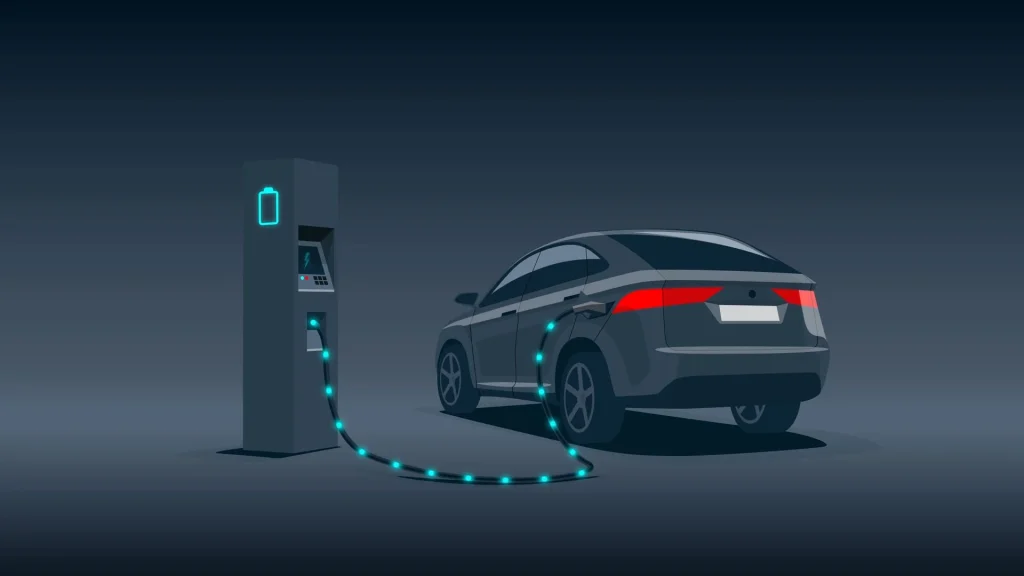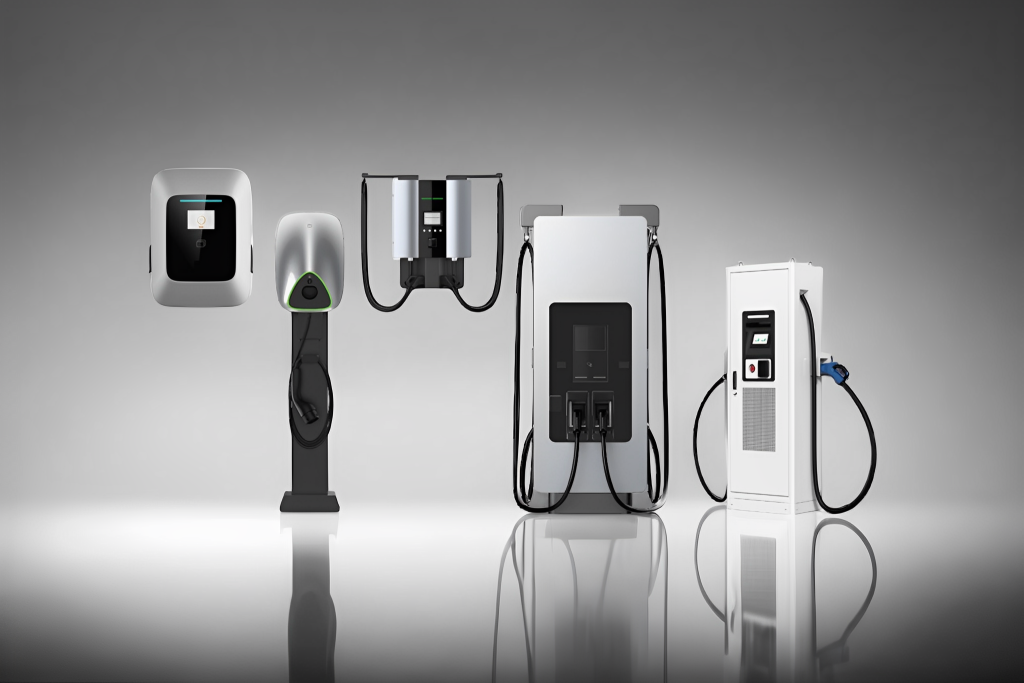Exciting developments are on the horizon for electric vehicle (EV) enthusiasts in Australia.
Following the recent amendments made to the National Construction Code, all new apartments built from October 2023 must be equipped with the capability to charge electric vehicles.
This significant step, agreed upon at the Building Ministers Meeting, demonstrates the government’s commitment to supporting electric mobility and establishing a robust EV charging infrastructure.
Here at Chelion, we believe that the electrification of transport will be a key shift in reducing individual emissions from Internal Combustion Engines (ICE) and hitting our Net Carbon Zero targets.
In this blog post, we delve into the implications of this decision and its potential to shape a sustainable future for transportation in Australia.

National Leadership and EV Charging Infrastructure
Recognizing the need for national leadership in this domain, Federal Minister for Industry and Science, Ed Husic, expressed his determination to reverse the previous lack of focus on EV charging infrastructure.
“National leadership on this issue has been sorely lacking. I’m determined to reverse that situation,” he states.
The amendment calls for collaboration between the Australian Building Codes Board (ABCB) and relevant agencies to incorporate EV charging capabilities into apartment buildings.
This move aims to prepare our buildings for the increasing demand for electric vehicles as households and businesses embrace electricity and renewables.
Apartments as Charging Hubs
By incorporating EV charging infrastructure in new apartment complexes, the government aims to encourage and facilitate EV adoption in densely populated areas.
Gary Rake, CEO of the ABCB, emphasized the importance of making EV charging safe and easy, acknowledging the growing demand for electric vehicles.
“We’ll have a special focus on ensuring our buildings are ready to make EV charging safe and easy. We know the demand for electric vehicles is going to continue to increase, especially as households and businesses prioritise use of electricity and renewables,”
This initiative not only supports residents’ transition to electric mobility but also presents an opportunity for suburbs to become “virtual batteries supporting the grid”, Husic adds.
Extending EV Infrastructure Beyond Apartments
While the focus is currently on apartment complexes, Ed Husic envisions the extension of EV charging infrastructure to standalone homes and beyond.
By exploring the fullest extent of this initiative, Australia can create a comprehensive and accessible charging network that caters to various residential setups.
Ensuring that all households have access to charging infrastructure is crucial for fostering widespread EV adoption and eliminating barriers to electric mobility.
Challenges and Cost Considerations
While the commitment to EV charging infrastructure is commendable, there are practical considerations and costs involved.
The installations in apartment complexes may not initially include ultra-fast chargers but will go beyond simple appliance wall sockets.
Home charging stations can range from $1,000 to $2,500 or more, requiring specialized installation. Chelion has its own full range of EV charging stations, from small AC home chargers, all the way up to 480kW DC fast charging stations for commercial use.
The Electric Vehicle Council highlights the challenge of retrofitting charging infrastructure after the construction process, citing potential costs of $30,000 to equip a $30 million apartment block, however with rates and tenancy fees on the increase, we fully believe that residents of apartment blocks deserve and expect to see more included services for their dollar.

A Vision for a Sustainable Future
The introduction of EV charging infrastructure in apartments sets the stage for a cleaner, greener transportation landscape.
However, it is essential to extend this vision beyond apartments and ensure that all residential properties, including rentals, offer charging capabilities.
The goal is to eliminate any concerns prospective EV owners might have about limited charging options and foster a seamless transition to electric mobility.
Australia’s commitment to incorporating EV charging infrastructure in new apartment complexes is a significant leap forward in supporting electric mobility.
By prioritizing accessibility and safety, the government is paving the way for a sustainable transportation future.
However, it is crucial to expand this initiative to encompass all residential properties, ensuring that charging capabilities are widely accessible.
With continued efforts and national leadership, Australia can accelerate the adoption of electric vehicles and create an infrastructure that supports a cleaner, greener, and more sustainable future.
If you want to learn more about EV chargers for your own home or business, feel free to contact us and one of our dedicated team would be happy to assist:
Service & Support – Chelion
External links:
- Minister for Industry press release: [Making Australia’s new homes more liveable | Ministers for the Department of Industry, Science and Resources]
- Learn more about Chelion Renewables’ EV charging solutions: [EV Charger Solutions | EV Charger Manufacturers | Chelion]
- Exploring the benefits of electric vehicles: [Electric vehicles – Australian Renewable Energy Agency (ARENA)]
- Understanding the importance of charging infrastructure: [Australian Building Codes Board | ABCB]
